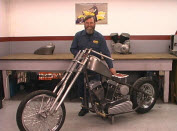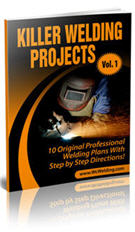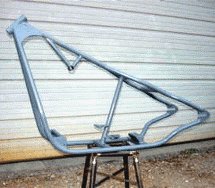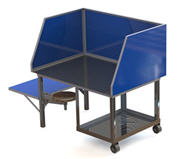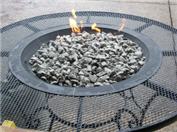Problem Welding Metal Plate
by Danial R.
My technical staff here in my company recent worked on a 2-inch thick metal plate. While doing heavy welding on it the plate bended from both corners resulting in a potbelly shape from the middle. I was told that that happened because too much welding was done on it at once without letting it cool off...is that correct? Is there anyway I can prevent that from happening? Your help would be greatly appreciated.
Comments for Problem Welding Metal Plate
|
||
|
||
|
||
|
||
|
||
|
||
|
||
|
||
|
||
|
||
|
||
|
||
|
||
|
||
|
||
|
||
|
||
|
||
|
||
|
||
|
||
|
||
|
||
|
||
|
||
|
||
|
||
|
||
|
||
|
||
|
||
|
||
|
||
|
||
|
||
|
||
|
||
|
||
|
||
|
||
|
||
|
||
|
||
|
||
|
||
|
||
|
||
|
||
|
||
|
||
|
||
|
||
|
Click here to add your own comments Join in and write your own page! It's easy to do. How? Simply click here to return to Advice. |
Top Rated Videos:
Top Tools and Resources:
Welding Plans:
New! Welding Table
New! Log Splitter
Top Projects:


